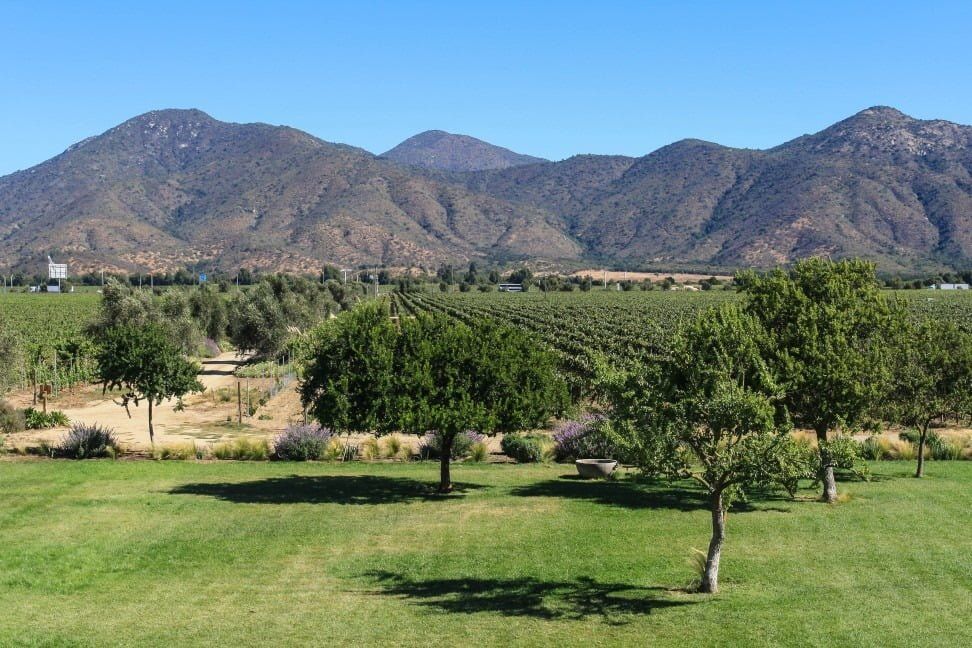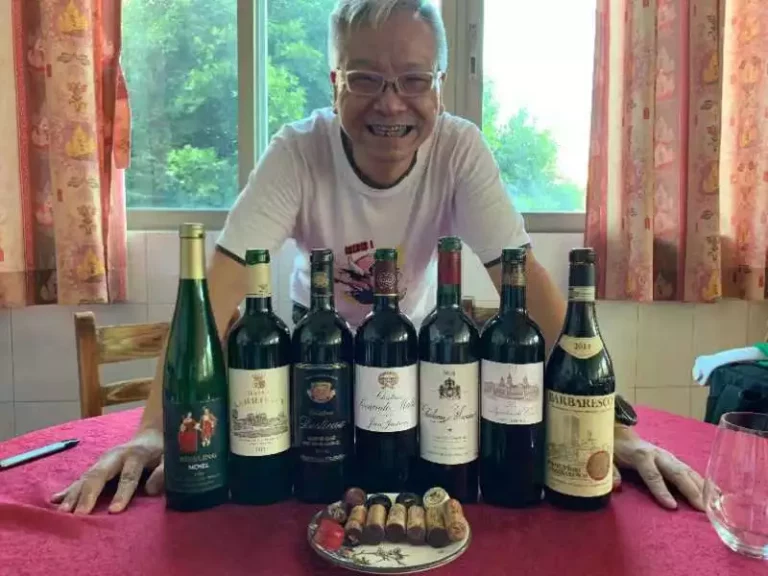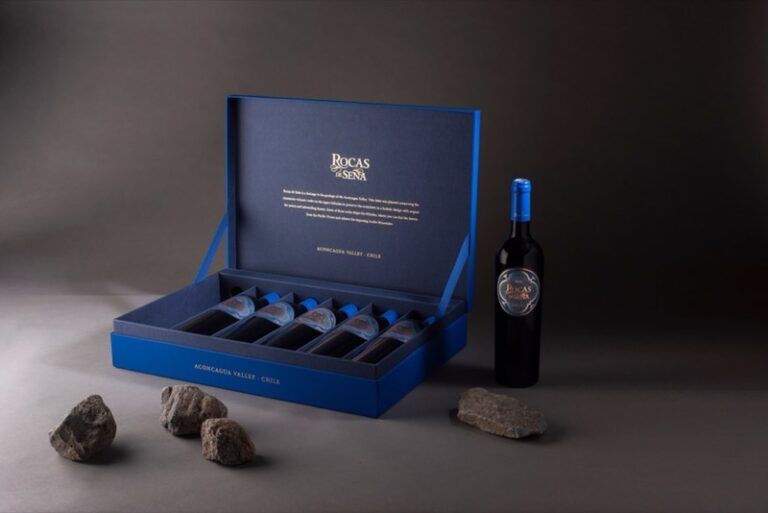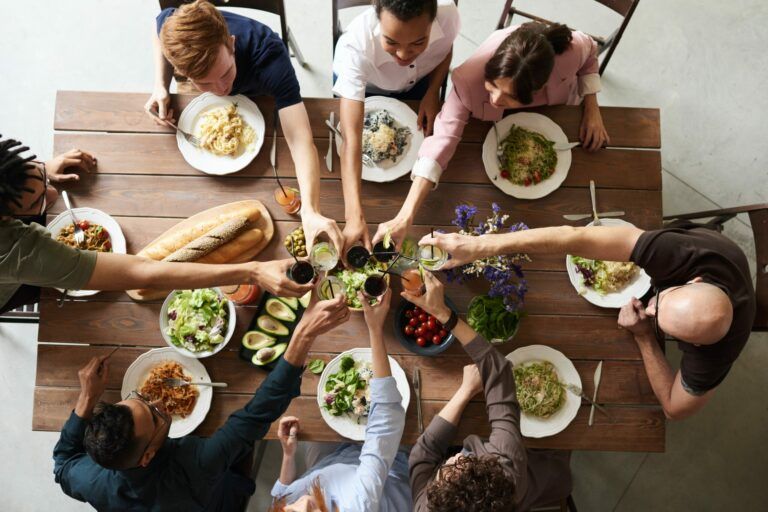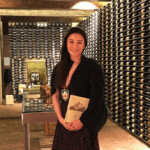Great wine is being made throughout Chile, the wines of Chile are excellent wines produced in historic regions and pushing the boundaries into new territory.
Yet, despite exciting developments and a rich history, Chile remains best known for its extremes– price point-driven consumer labels and expensive icon wines. Many years ago in Chile, winemakers simple planted any grapes in any place. However, over the years, they started to understand that they needed to plant the right grapes in the right place.
Chile was very industrial-minded in terms of winemaking, and we called it the industry. We don’t call it the industry anymore. Chile, was focusing on exports, and this means that you need to feed the markets. So the winemakers were making wine to feed certain markets. Cabernet Sauvignon, Sauvignon Blanc, Merlot, Reserva, Grand Reserva–and this is what you will find till today in the supermarkets all around the world. And this is the perception of Chile– good value, good wines, but nothing really interesting.
Chile has been playing a very safe game for many years, making wines that are of value, or, as they say, are very fancy. But where they have lacked, historically, are wines that fill the gap in the middle, the really interesting stuff. California is a helpful comparison for understanding Chile. Both share the common winemaking heritage of the Spanish missionaries and a remarkably similar geography.
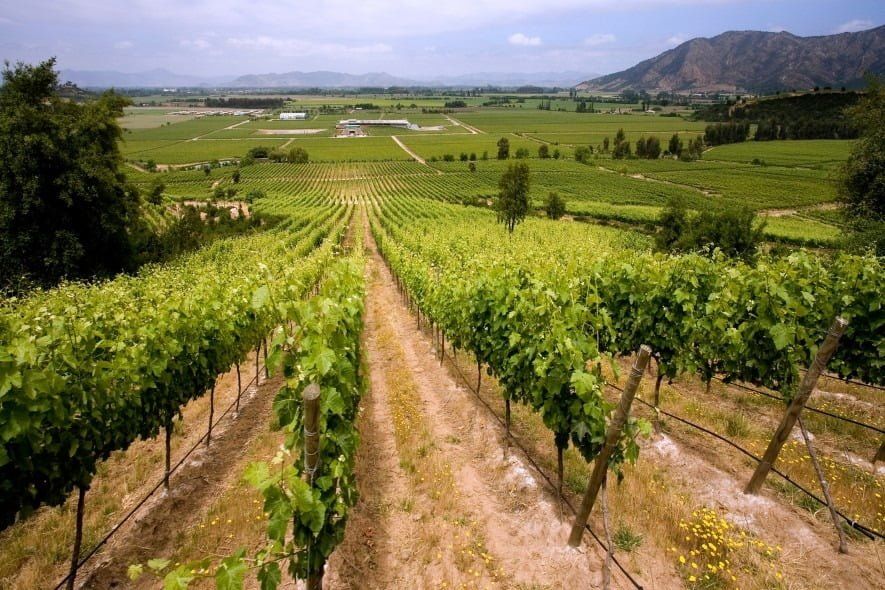
However, winegrowing in Chile stretches over 1,000 miles along Chile’s 2,600-mile coast, and up to elevations of 7,000 feet. The history of the Chilean wine started 500 years ago, when the Spaniards arrived in Chile. During the colony of Spain, people in Chile, they came through Spain, through Tenerife, Tenerife Island, with the Listán Prieto grape.
So they establish the vineyards in the south of Chile. After Chilean independence, the elite looked to European culture as a model. Pre-phylloxera French wines arrived in the 1830s, and many estates were established in the decades that followed, imitating the château culture of France.
In the 19th century, a lot of money went into the industry. France was in fashion and Bordeaux came to Chile. That’s when there was the second phase of resurgence. Today, there’s a wave of innovation in Chile. Producers are looking beyond the influence of Bordeaux, returning to their historical roots, and experimenting with new directions. First was just making bulk and sell it to corporations, then there was winemaking trying to copy a style, like Cabernet Sauvignon blend.
Now, we make the wine like it is–like it deserves. It’s easy to think of Chile solely from north to south, but it’s in fact the complex interaction of the western coastal influence and eastern elevation, that defines the country’s unique climates.
Chile is very long, so you can split from north to south. This is very logical because the weather is going to change a lot, but at the same time, you can split the country in three, basically. So coastal, the middle, and the Andes Mountain range. Chile has natural barriers that are unique in the world. First, there’s the desert in the north, then there’s the mountains to the east, then the Patagonia with the icy fields in the south, and then, in the west, you have the ocean.
There are two major mountain ranges in Chile: the moderate elevation Coastal Range and the dramatic Andes Mountains. When you go up to the Andes Mountain range, it’s completely chaotic because you get everything in terms of geology. So we can be here in schist, volcanic, gneiss, limestone, whatever you want. But nobody knows really well because everybody’s afraid of frost. The weather’s changing, so people are exploring every year, going higher and higher.
Along the coastal area, barely four kilometers from the ocean, there’s the Humboldt Current that comes from the south, and it has a lot of coolness in the water that brings a lot of humidity and coolness into this area. Access to water varies between growing regions. Some areas could face an existential threat, as climate change creates variation in the glacial runoff that feeds key rivers.
In the Entre Cordillera, in the mid-valley, you will find more fertile soils and more water available for bigger productions. Closer to the Andes or closer to the ocean, you will find less water available, poor soils, more personality, at the end of the day. Chile’s regional cuisine is driven by the country’s extreme geography.
Coastal seafood finds a natural match with cooler-climate wines, while the hearty meat dishes from inland areas work well with reds from high elevation.
Depending where you are in Chile. Remember that in the north, we have the desert, in the south, we have the glaciers, and the food and the people change a lot… and the wines change a lot also. If you are close to the coast, the seafood is very common and it’s very famous. And in this area, it’s very common to drink with Sauvignon Blanc, Pinot Noir, Chardonnay, a little bit of Riesling.
If you move to the south part of Chile, for example, it’s more traditional, a lot of lamb with a very rustic wine like Cariñena, like País, Cinsault. There are four tiers of appellations in Chile: region, subregion, zone, and area. The six regions are Atacama, Coquimbo, Aconcagua, Central Valley, South, and Austral. But the 17 subregions are typically what is listed on wine labels. A notable exception is the Rapel Valley, where you’re more likely to see the zones of Colchagua and Cachapoal.
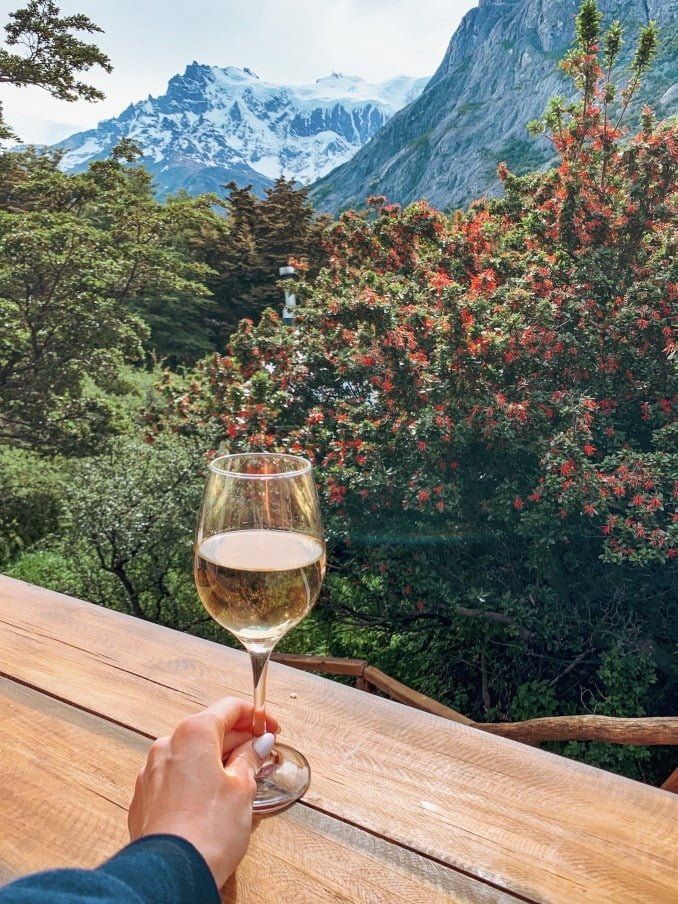
Next, we have east to west, the Cordillera is the Andes Mountain, Entre Cordilleras, what is between the Pacific and the Andes, and then the Costa. The city of Santiago is the physical and economic center of Chile, with over a third of the country’s population. In the Central Valley, you will see the main valleys– Maipo Valley, Cachapoal, and Colchagua, Curicó, and Maule. That is the Central Valley for Chile.
Most of Chile’s historic wineries are located in the Maipo Valley, which surrounds the capital city. Here, Cabernet Sauvignon is king, and it’s easy to draw comparisons to California’s Napa Valley. Just to the north of Maipo is the Aconcagua. The Aconcagua is a really big valley, starting in the Aconcagua Mountain. The Aconcagua Mountain is the biggest in the Andes. If you are at the feet of the Aconcagua, it’s very nice for reds.
And then, if you go to the ocean, it can develop really good Pinot Noirs and Chardonnays. While the Aconcagua Valley itself ranges from high elevation, to valley floor, to recent coastal plantings, just to the south, Casablanca and San Antonio are decidedly coastal.Casablanca is a cool-climate valley, 18 kilometers from the coast. The best Sauvignon Blanc and Pinot Noir come from Casablanca. Casablanca is in the east side of the coastal mountain range. It’s a cool area. Maybe it’s the oldest area in Chile that we started producing grapes like Sauvignon Blanc, Chardonnay, or Pinot, in terms of good quality. The main difference between Casablanca Valley and San Antonio Valley is the difference in temperature.
In San Antonio Valley, we specialize in wines that are cool-climate wines, such as Sauvignon Blanc, Sauvignon Gris, Riesling, Gewurztraminer, and Chardonnay. And in reds, we have a Pinot Noir, and lately, we are with the Syrah. South of Maipo, the Central Valley continues with the Rapel Valley. Rapel Valley is one of the most successful valleys that we have here in Chile, and it’s divided in two areas–very important.
One is the Cachapoal, and the other one is Colchagua. The large Colchagua Valley stretches from the coast to the Andes, in an arc shape that wraps around the smaller Cachapoal. When we’re thinking Colchagua Valley, normally and usually, you’re thinking Carmenère. If we think where we plant Carmenère, normally, it is close to the Andes Mountains. In the flat areas of the valleys as well. But the most distinguished Carmenère are producing in the valley of the Andes Mountains. The well-drained soils of the Apalta and Los Lingues areas produce some of Colchagua’s most distinguished wines. The other part of the valley is a really important area named Cachapoal.

Cachapoal, specifically, if we are talking about Carmenère, they have Peumo and Las Cabras. In Peumo and Las Cabras, they produce really nice Carmenère. Carmenère was brought to Chile from Bordeaux in 1851, but the grape was confused with Merlot until 1994. In the years since this discovery, producers have studied the grape and finessed their winemaking.
Today’s best examples are a far cry from the green pepper stereotype of wines from high-yielding areas. For me, a good Carmenère is, specifically, soft tannins, velvety tannins–it’s really distinguished of a Carmenère. In the aromatic profile, nothing green. There is a mistake with the people who associate Carmenère and green notes. South of Colchagua is the Curico Valley, a large traditional zone where producers such as Miguel Torres played a crucial role in the development of Chilean wine.
While still part of the Central Valley, the wine culture of Maule is decidedly different. For me, Maule is the beginning of the south. Well, Maule is huge. It is the area where most liters of wine from Chile are made. Maule is 300 kilometers south of Santiago, and the place that we are now is 30 kilometers away from the Pacific.
For me, what is important is that when you go coastal in Maule, you’re going to reach this kind of mountains, the granite, so it’s very interesting for wine. Well, Maule is where the Spanish arrived in the colony, so there is a lot of history. The oldest vines in Chile, you will find in Maule. País, Sémillon, Carignan, Cabernet Franc. Cabernet Sauvignon and Carmenère is the biggest plantations, and most wine made come from these varieties.
And then, the soul of the region is Carignan and País. First planted in the mid-1900s to bolster the acid and structure of País, Carignan was cast aside in the years of enthusiasm for French grapes. Yet the old vines remained, and today, they’re the object of renewed attention.
Well, VIGNO is a unique association of Chilean wineries, from all sizes and shapes, who agreed to make old-vine Carignan from certain areas of Maule, with certain standards. País, also known as Mission in California, was brought to Chile by way of Mexico. Old-vine País is abundant in the southern regions of Maule, Itata, and Bio-Bio, where locals have long used the grape for Pipeño, an everyday wine still advertised by roadside signs.
South of Maule, Itata is one of Chile’s most exciting regions for rediscovering the past and forging new developments. So there’s the Itata River, and the Bio-Bio River, and between both, you will find, maybe, the heart of the history of the Chilean viticulture.
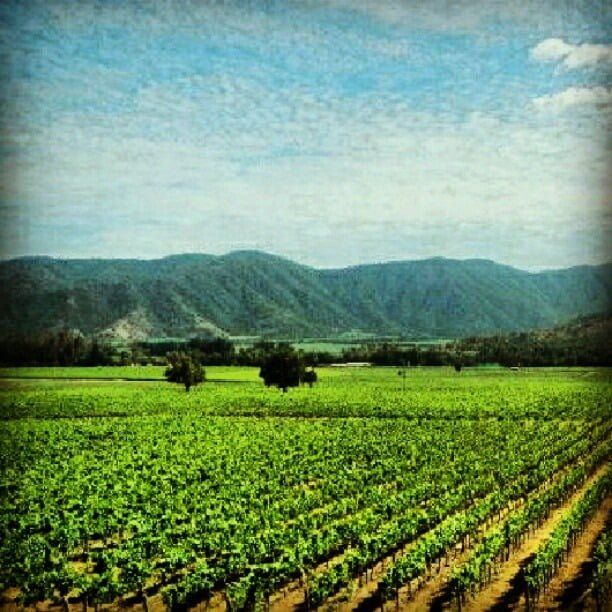
Basically, everybody was planting País. That was many, many, many years ago, 400 years ago. Maybe 60 years ago, they started to look for grapes that will improve País, in terms of color, in terms of acidity. They brought French people to try to give an idea, and they started to plant Cinsault. So this is basically Cinsault.
And for whites, you have Muscat. So there is everywhere, you will find there are many Muscat. South of Itata are the Bio-Bio Valley, the Malleco Valley, and the Austral Region. Today in Malleco, people are growing Pino Noir, Chardonnay, and Riesling.
These southern regions offer ideal conditions for cool-climate grapes and sparkling wine, and will likely be a focus of exploration in the years to come. The northernmost winemaking region is the Atacama, at the edge of its namesake desert. Production here is quite experimental, and most grapegrowers remain focused on Pisco. Pisco is a spirit, it’s a distiller of wine, and it’s a DOC.
The culture of Pisco is shared with Peru, as is the popularity of the Pisco Sour, a shaken cocktail made with lemon juice, egg white, and simple syrup. South of the Atacama Region is Coquimbo, home to the Elqui, Limarí, and Choapa Valleys. We are today in Elqui Valley. It’s 500 kilometers north to Santiago. It’s a very special valley because we are in altitude, in the Andes.
Elqui’s boundaries begin near the Pacific Ocean and extend to high elevation in the Andes. If you are in Elqui, but specifically in this place, because we are in the Andes, one important component is the radiation light, blue, clean sky. But this place is good only for varieties resistant to the light. It’s not good for Cabernet Sauvignon, it’s not good for Carmenère, it’s not good for Chardonnay or Sauvignon Blanc, Pinot Noir, no.
Situated near the coast, Limarí offers a cooler climate and limestone soils. While Pisco grapes have been grown for decades, the area has only been appreciated for its winemaking potential since the 1990s. In Limarí, it’s concentrated more in Chardonnay, Pinot Noir, Sauvignon Blanc.
It’s more cooler varieties. While the quality of Chile’s northern area is undoubtedly exciting, questions of water availability could pose future challenges. Large-scale wineries were the first to capture worldwide attention for the wines of Chile.
Today, many smaller wineries are emerging alongside the larger producers. Every industrial winery is making big wines, but they have top special artisanal project, that some very good winemakers today are making very good wines. We need to come together. So the big help the small, and the small– I know it’s a bit “utopia,” but it’s doable in a way, I think.
The classic French-inspired wines that first put Chile on the map are still being produced, but others are reconsidering the country’s roots, and experimenting in new territory. I think there’s a revolution in Chile. There’s a lot of things going on in terms of wine, but the world doesn’t know it yet.
So this is the problem. So I think we are on the right track. The problem is that we need to show these to the consumer. When you’re thinking Chile, you need to, in the future, to think in diversity. Diversity in Chile, for me, is climate, soils, varieties, people. And that mix makes a great expression of the different kinds of wine that we can produce.
The diversity of Chile is one of its greatest strengths. Long misunderstood as a quality winegrowing region, Chile is producing excellent wines in a broad range of styles and increasingly demands renewed attention and exploration.


